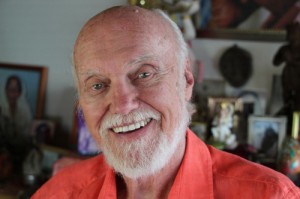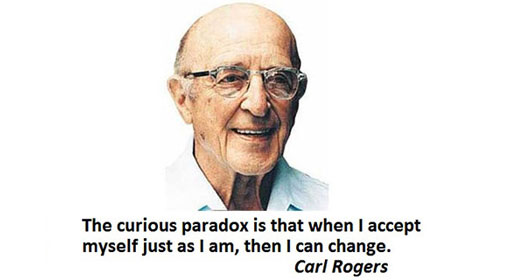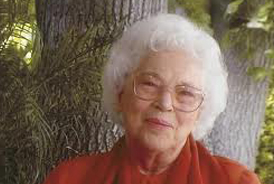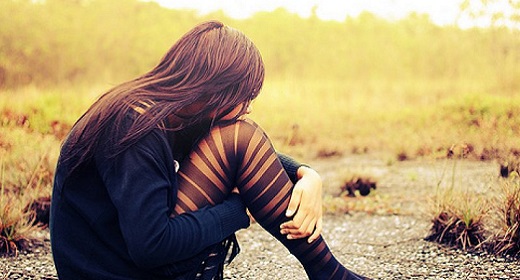Ram Dass: Suffering seems to be a fact of life. How do we face it? Clearly it is a stranger to none of us. Perhaps we’ve not experienced the corrosive pain of illness, persecution, starvation, or violence.  We may not have lived with the deterioration and loss of a loved one. Few of us have seen the charred face of a burned child. But each of us has experienced our fair share of not getting what we want or having to deal with what we don’t want. In this, we all know suffering.
We may not have lived with the deterioration and loss of a loved one. Few of us have seen the charred face of a burned child. But each of us has experienced our fair share of not getting what we want or having to deal with what we don’t want. In this, we all know suffering.
The way in which we deal with suffering has much to do with the way in which we are able to be of service to others. Of course, not all helping revolves around suffering. Much of what we offer may be in the nature of simple support or guidance: moving a friend’s new furniture, teaching a child to read. But it is the affliction of others that most directly awakens in us the desire to be of care and comfort.
The impulse to do all we can to relieve another’s pain is the automatic response of our native compassion. But the experience of suffering — in ourselves and in others — triggers off complicated reactions. To investigate these is itself an act of compassion, an essential step toward becoming more effective instruments of mutual support and healing. How then do we respond to the pain we see all around us? And, once we have investigated this response, how do we respond to our own afflictions?
As Gandhi said, “Fearlessness is the first prerequisite of a spiritual life.” Fear means we’re either worried about something that’s already taken place, or anxious about things that haven’t even happened. Bringing ourselves into the present moment can help us to loosen fear’s stranglehold. . . .
In the process of learning to be mindful, and to age in a conscious way, fearlessness is an essential ingredient. This fearlessness involves the willingness to tell the truth, to ourselves and others, and to confront the contents of our minds. We must be willing to look at everything — our own suffering as well as the suffering around us — without averting our gaze, and allow it to be in the present moment. Rather than closing ourselves to fear, we learn to open to it, to sit with it, allowing it to arise and pass in its own time. By simply looking, with no push or pull, mindfulness is strengthened. You will find that the moment you enter this witness state, the boundaries of the Ego are loosened and fear begins to change. You will discover that the fearful thought you are looking at is quite different from the fear you’ve run away from; the minute you look at it and embrace it, the power is yours. I’m not suggesting that once this has happened, the same fear will not arise again, but you’ll be seeing it from a different point of view. Rather than being some awful Goliath, your fears will become like little shmoos.
Source: AWAKEN









































